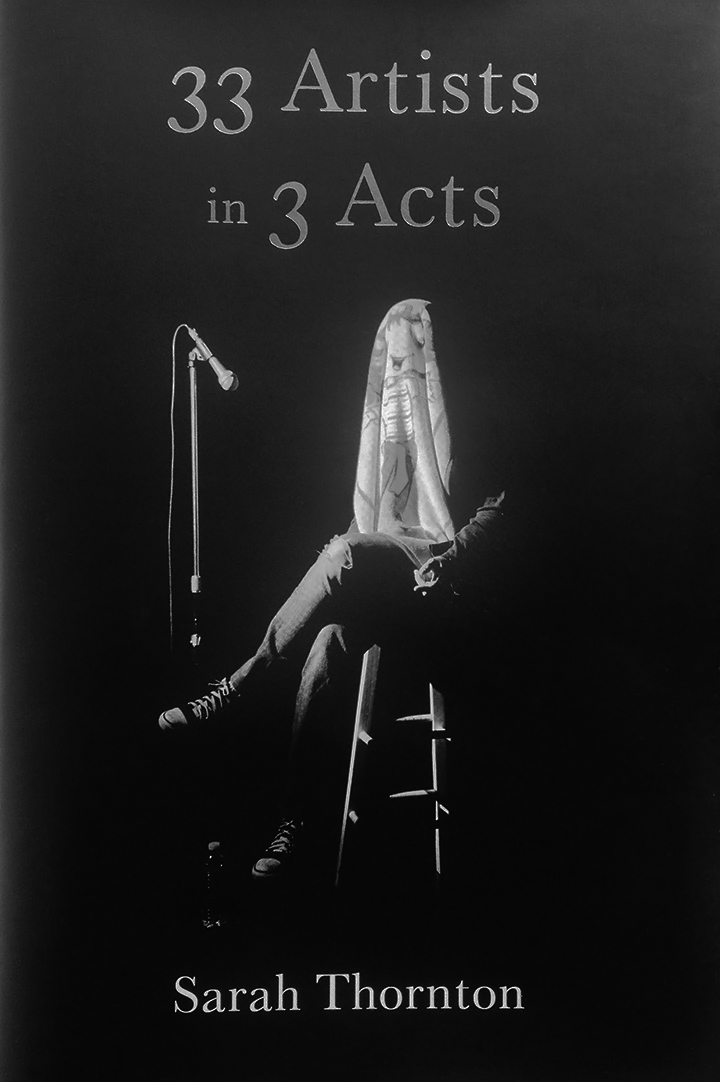
“33 Artists in 3 Acts”
In my perception art is always divided in two main types: art which has aesthetic merit, is emotionally saturated and open-heartedly enjoyed by a large group of connoisseurs; and the other art which has a pretence for greatness and costs millions, because someone (an expert, to be sure) has whispered to some people with money that this is art and it is worthed to invest. I, personally, don’t have a problem with what one calls art and for how much they manage to sell it (every form of self-expression is art, and apparently it includes cows in formaldehyde, skulls with diamonds, crushed coca-cola cans, ceramic seeds amounting to the population of China, and even excrement in a can). the only problem I have is when the pretence for greatness denies the value of the former type of art, simply because it’s not elitist and it is liked and enjoyed by a wider audience.
“The Seine at Asnieres” by Pierre Auguste-Renoir – art from the first type in my opinion
Jeff Koons at Gagosian – second art type. such creation from the balloon series costs $58.4М.
Why do I share these thoughts… Recentily I have finished Sarah Thornton’s “33 Artists in 3 Acts” in which she describes her meetings with some of the highest-paid (I don’t use the word ‘famous’ on purpose) contemporary alive artists. Among them are Jeff Koons, Ai Weiwei, Zeng Fanzhi, Gabriel Orozco,Maurizio Cattelan, Carrol Dunham, Damien Hirst, Marina Abramovic, Cady Noland. Their world is infinitely far away from the everyday life of a ‘mortal’ artist who works hard in order to earn their living with their art. However, I marked many pages in the book. And I share some of the thoughts that impressed me:
In a sphere where everything can be art, there is no objective measurement of quality, so ambitious artists must establish their own standards of excellence. generating such standards requires not only immense self-confidence, but the conviction of others. Like competing deities, artists today need to perform in ways that yield a faithful following.
“(…) Needless to say, an artist’s “work” is not an isolated object, but the entire way they play their game.”
“Indeed, being an artist is not just a job but an identity dependent on a broad range of extracurricular intelligences.”
“(…) I don’n think about the cost. (of an artwork, when acquisiting one). If you really like a work, you should be prepared to pay even more than it’s worth. Things that are really great add value to society.” Jeff Koons
“The monetarization of everything – I mean everything – no one could have imagined the general foulness of it, he replies. “Because of headline prices, art interests people in a way that is not relevant to what it really is.” (…) “We live in a cockeyed system,” he says more dospassionately. “Basketball players make a hundred times more than teachers. Artists are the least of it. I suppose we should be happy to live in a world where artists can succeed like that, but it’s not what motivates us.” Carrol Dunham
“(…) The work makes reference to the Achromepaintings of Piero Manzoni, an Italian artist who died at the age thirty in 1963. When Cattelan is asked for his autograph, he rarely signs his own name and often writes “Manzoni”, a gesture that insinuates kinship. Manzoni is famous for Merda d’Artista(1961), an edition of ninety cans of the artist’s shit. Weighing 30 grams each, whose fluctuatiating price was to be determined on the day of sale. “Merdawas an upgrade of Duchamp’s urinal, a kind of Fountain 2.0,” says Cattelan. The work spoofs the assumption that artists are alchemists and draws attention to the power of artist’s personalities in creating value.”
“The talent is allowed to act weird”. She embraces the idea that, as an artist, she can act a little persnickety and say exactly what she wants.”
“I agree with Woody Allen’s theory that tragedy plus distance equals comedy.” Lena Duhnam
“Your ego can become an obstacle to your work. If you start believing in your greatness, it is the death of your creativity.” Marina Abramovic.
“Indeed, handling one’s market – making decisions about how much art to make and where to show it – is part of the craft of being an artist.”shortly before I read the book I came across a BBC documentary entitled “What Makes Art Valuable”, which gives a good illustration of what the investments in the art business are today.




